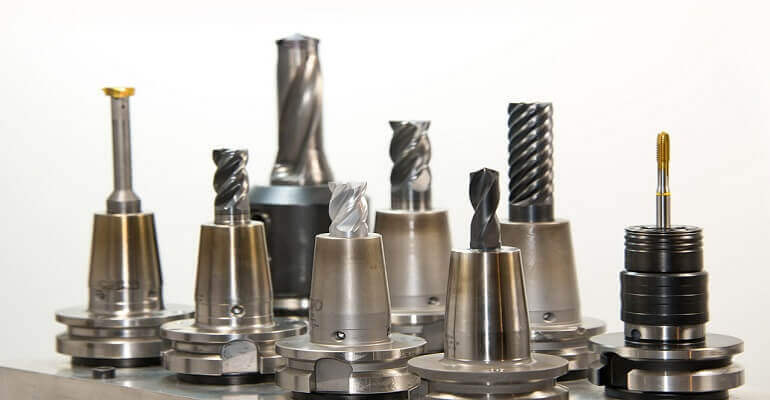Sizing matters: How to avoid oversizing or undersizing your compressed air system
Plant Services, April 7, 2016. Image credit: blickpixel
The most common issue resulting from under-sizing compressors is insufficient airflow to production equipment. Workers may complain that their tools aren’t working properly, or that low-pressure alarms may be tripped in machining equipment. Metal stamping equipment may not be able to generate enough force to produce quality products. If piston or scroll compressors are used, under-sizing also may result in overheating of the air compressors due to exceeding their rated duty cycle.
Typical issues resulting from over-sizing air compressors are short loaded cycles and long unloaded cycles. A compressor running unloaded will waste electricity without producing any useful compressed air. However, this can be necessary in order to prevent the compressor from exceeding the recommended number of motor starts per hour.
Variable speed drive (VSD) compressors do not have a restriction on the number of motor starts per hour and are often marketed as “unlimited.” However, over-sizing a VSD compressor can cause damage to the compressor. If there is insufficient demand in the air system, the VSD will run the compressor slowly for a long period of time, and the compressor will not heat up enough to burn off the water that has condensed in the oil. If this is allowed to continue for too long, the oil’s ability to cool and lubricate the compressor’s air end will be compromised, and the air end will eventually be damaged, resulting in costly repairs and extended downtime.
The role of CFM in performance and efficiency
Accurately determining CFM demands is a critical first step in selecting an air compressor. Improperly sizing a compressor because this step was skipped can cost thousands of dollars in wasted electricity if an oversized compressor is selected. On the other hand, if a facility requires more demand than originally thought, a new compressor may be insufficient.
Critical topics to understand include the differences among CFM, ACFM, and SCFM and how to compare the specifications of different air compressors:
- CFM (cubic feet per minute) describes the volume flow rate of compressed air. Note that CFM must be further defined to include pressure, temperature, and relative humidity, as changes in these measurements will affect the necessary CFM that is delivered to the process.
- ACFM (actual CFM) is the air flow at local conditions. For example, if a compressor is installed in Denver, then the ACFM is lower than if it were installed at sea level.
- SCFM (standard CFM) is the amount of air flow at sea level, 68°F, and 0% relative humidity. ACFM must be used to determine exactly how much air is needed in a facility. ACFM can then be easily converted into SCFM and used as a reference for an apples-to-apples comparison of different air compressors.
How can a user identify which compressors are the most efficient? Compressors vary in CFM ratings, horsepower ratings, and total package energy use, which is a lot to research and compare. Also, for compressors with the same advertised horsepower, the CFM output can vary by as much as 25% among companies and models. The goal is to match the right amount of CFM at the necessary pressure with the lowest horsepower possible. This will allow the facility to manufacture at the lowest cost and generate the highest profit.
